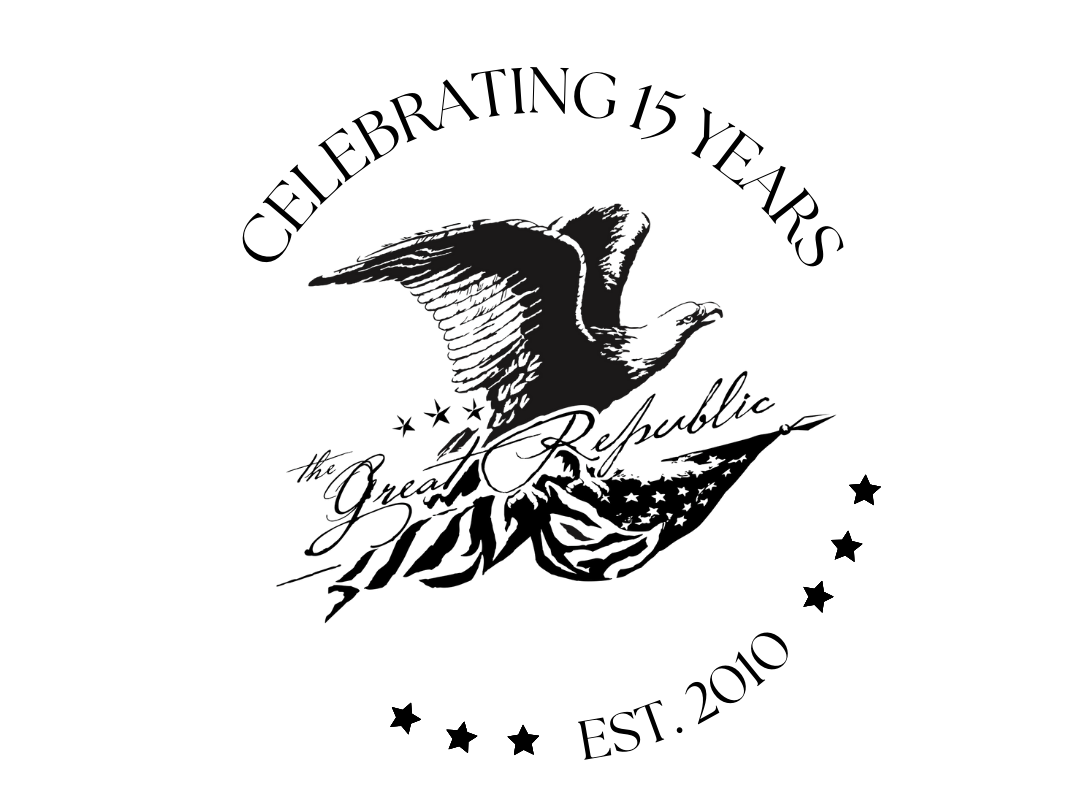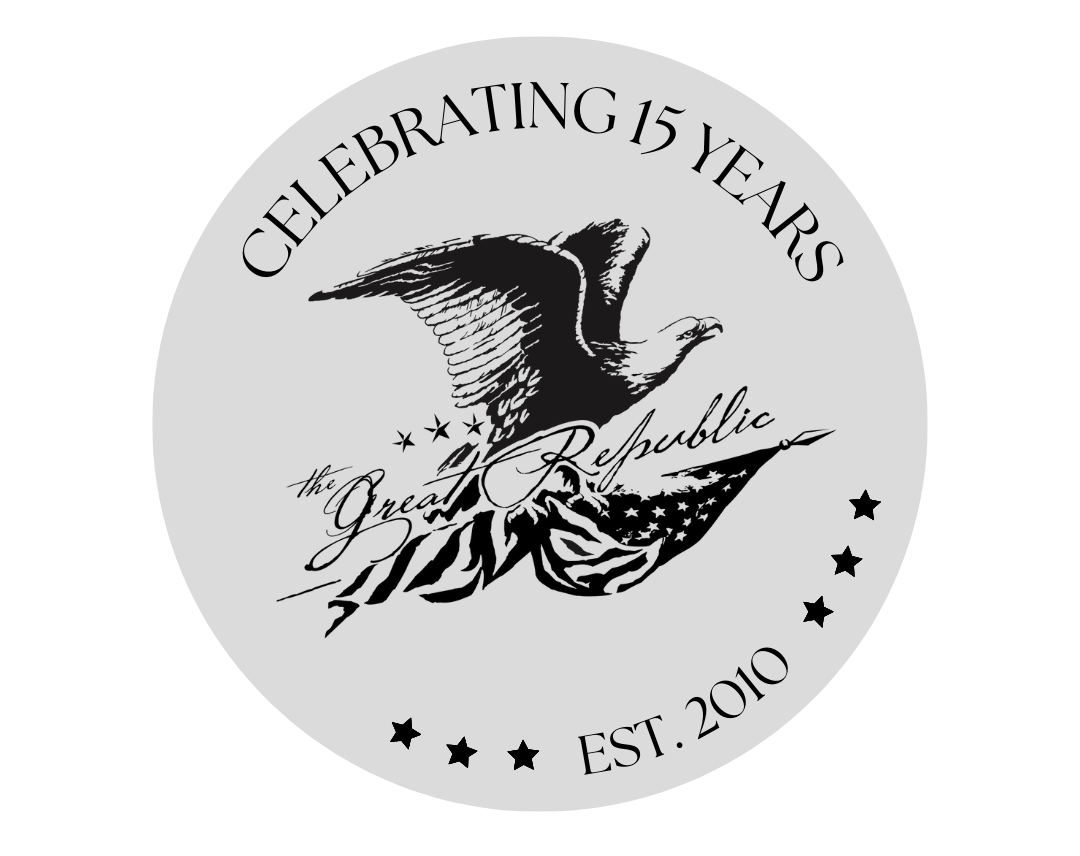Remington's Nocturnal Paintings
Frederic Remington is known as one of the premier artists of the American West. During the 1880s, he traveled through the Dakotas, Montana, the Arizona Territory, and Texas, with the desire to record the vanishing wilderness. Remington’s early illustrations were literal and linear, filled with exact details and carefully rendered. Often based on his sketches or photographs from his travels, his work at this time was curtailed in part by the stories he was hired to illustrate, for publications like Harper's Weekly and many other widely-read New York magazines. The illustrations reflected an attention to dramatic narrative and anecdotal detail.
Although he received plenty of praise and success for these images, it always bothered Remington that he was seen more as a chronicler, rather than an artist in his own, true sense. Luckily, in the last decade of his life, Remington’s direct approach gave way to a far more impressionistic style, wherein color was freely applied and detail and the narrative line were now second to mood. In these later years, Remington set out to capture the feeling, rather than the stories, of the Wild West. His illustrative style shifted towards impressionism, influenced by the work of Monet, Childe Hassam, and John H. Twatchman.
This new style is so wonderfully captured in his succession of nocturnal paintings—studies in moonlight, shadow, and pale reflection. He worked with the subdued effects of moonlight, which “turned lines into patches of luminescence and shadow and welded figures and landscape together” (Dippie, 1975). In his 1903 The Bell Mare, the lead horse and the packs on the mules provide highlights, while the pale, alert face of the rider, floating above the animals, catches the tension of a night passage through hostile country. “These dark and seemingly dangerous nocturnes are at once an elegiac evocation of the Old West, and an expression of a deep and pervasive sense of disquiet. Their stark compositions and reductive tone add a surprisingly modern component to Remington's art (National Gallery of Art).”
More than half of Remington’s paintings in his later years were night scenes. From 1900 to his premature death in 1909, Remington completed more than seventy paintings exploring the colors of night. They won both critical and popular acceptance and helped Remington realize an old ambition that had eluded him in the past- recognition not only as an illustrator, but as an elite artist as well.







